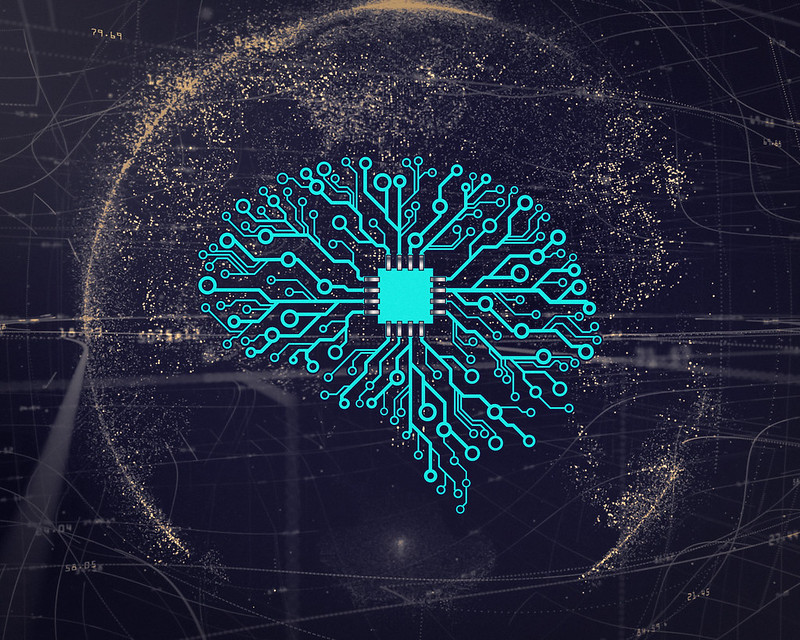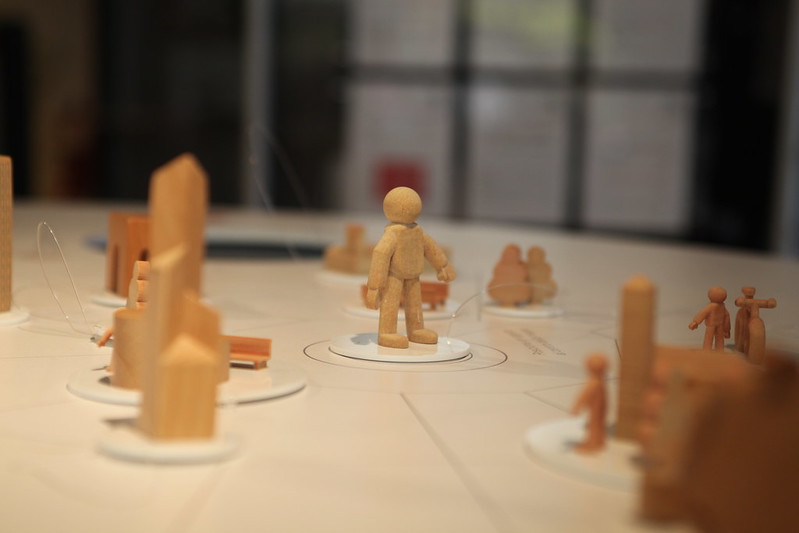
Impact of AI on Cultural Heritage Preservation
Preserving cultural heritage is an integral part of our society since it allows us to comprehend and pay homage to our past. Cultural heritage encompasses various aspects, such as buildings, artifacts, documents, and languages. However, as we progress further into the digital age, new preservation techniques become necessary. Artificial intelligence (AI) is one such method, and in this write-up, we will delve into the impact of AI on cultural heritage preservation.
What is the meaning of Cultural Heritage Preservation?
Cultural heritage preservation is the practice of safeguarding and preserving objects and monuments that hold significant cultural, historical, or archaeological value. This practice includes the maintenance and restoration of buildings and artifacts and the documentation and archiving of historical data.
Why is Cultural Heritage Preservation so important?
Cultural heritage preservation is essential because it allows us to comprehend our past and our collective history. It provides a sense of continuity and connection to our forefathers and helps us understand the evolution of our society. Additionally, cultural heritage preservation provides an opportunity for education and research since artifacts and documents can be studied to learn more about our past.
What is Artificial Intelligence?
Artificial Intelligence is a branch of computer science that focuses on creating intelligent machines capable of thinking, reasoning, and learning like humans. AI machines are designed to process vast amounts of data and make decisions based on that data.
How Can AI Help Preserve Cultural Heritage?
AI can aid in cultural heritage preservation in numerous ways. For example, AI can be used to analyze historical documents and artifacts to gain a more profound understanding of their historical significance. AI can also be used to create 3D models of historical buildings and artifacts, which can be used for restoration and preservation purposes. Additionally, AI can be employed to automate the process of cataloging and archiving historical data, making it more accessible to researchers for further study.
The Advantages of AI in Cultural Heritage Preservation
AI provides several advantages in cultural heritage preservation. One of the most significant benefits is its ability to analyze large volumes of data rapidly and accurately, allowing researchers to gain a deeper understanding of historical artifacts and documents. Furthermore, AI can help automate the process of cataloging and archiving historical information, making it more accessible to researchers for study.
Challenges of AI in Cultural Heritage Preservation
While AI offers many benefits in cultural heritage preservation, it also poses some challenges. One of the most significant challenges is the potential for AI to make errors. AI machines can make mistakes when processing data, which could lead to incorrect conclusions being drawn. Additionally, there is a concern that the use of AI could lead to a loss of human expertise in the field of cultural heritage preservation.
Examples of AI in Cultural Heritage Preservation
There are numerous instances where AI is being used in cultural heritage preservation. One such example is the use of AI to analyze historical documents. The British Library, for instance, has used AI to analyze over a million digitized books and newspapers, making it more accessible to researchers for study.
Another example of AI in cultural heritage preservation is the use of 3D modeling. The Louvre Museum in Paris, for instance, has employed 3D modeling to create virtual tours of its exhibits, allowing visitors to experience the museum from the comfort of their own homes.
Conclusion
To conclude, AI provides various benefits in cultural heritage preservation. It can be used to analyze historical documents and artifacts, create 3D models of historical buildings and artifacts, and automate the process of cataloging and archiving historical information. However, AI also presents some challenges, such as the potential for errors and the risk of diminishing human expertise in the field of cultural heritage preservation.
This post is part of a series on The impact of technology on cultural heritage preservation





